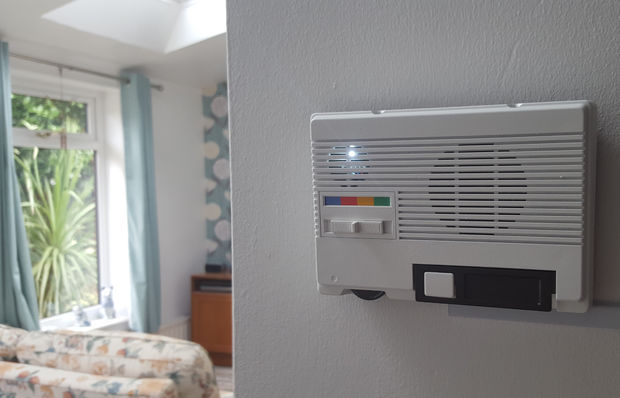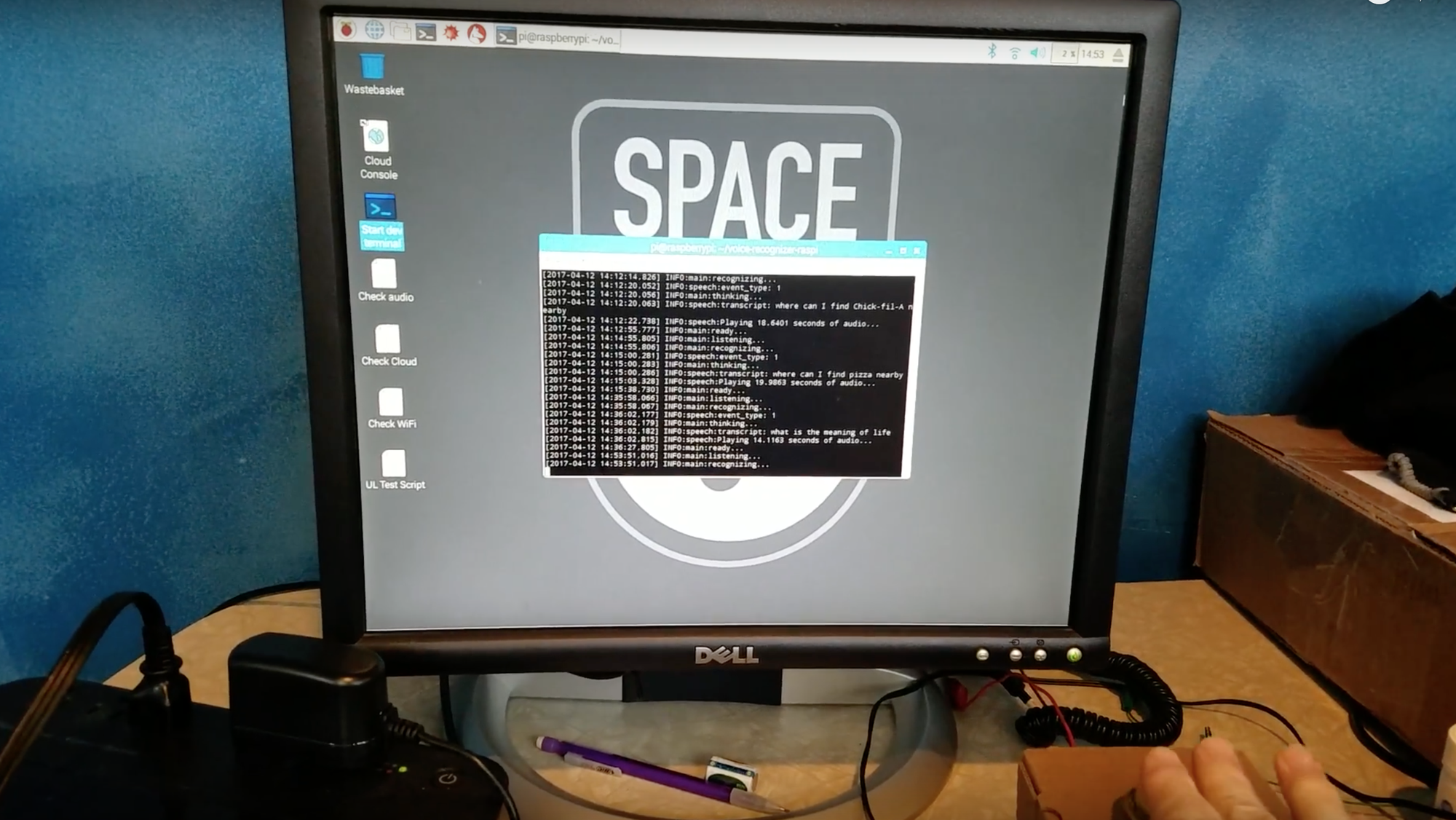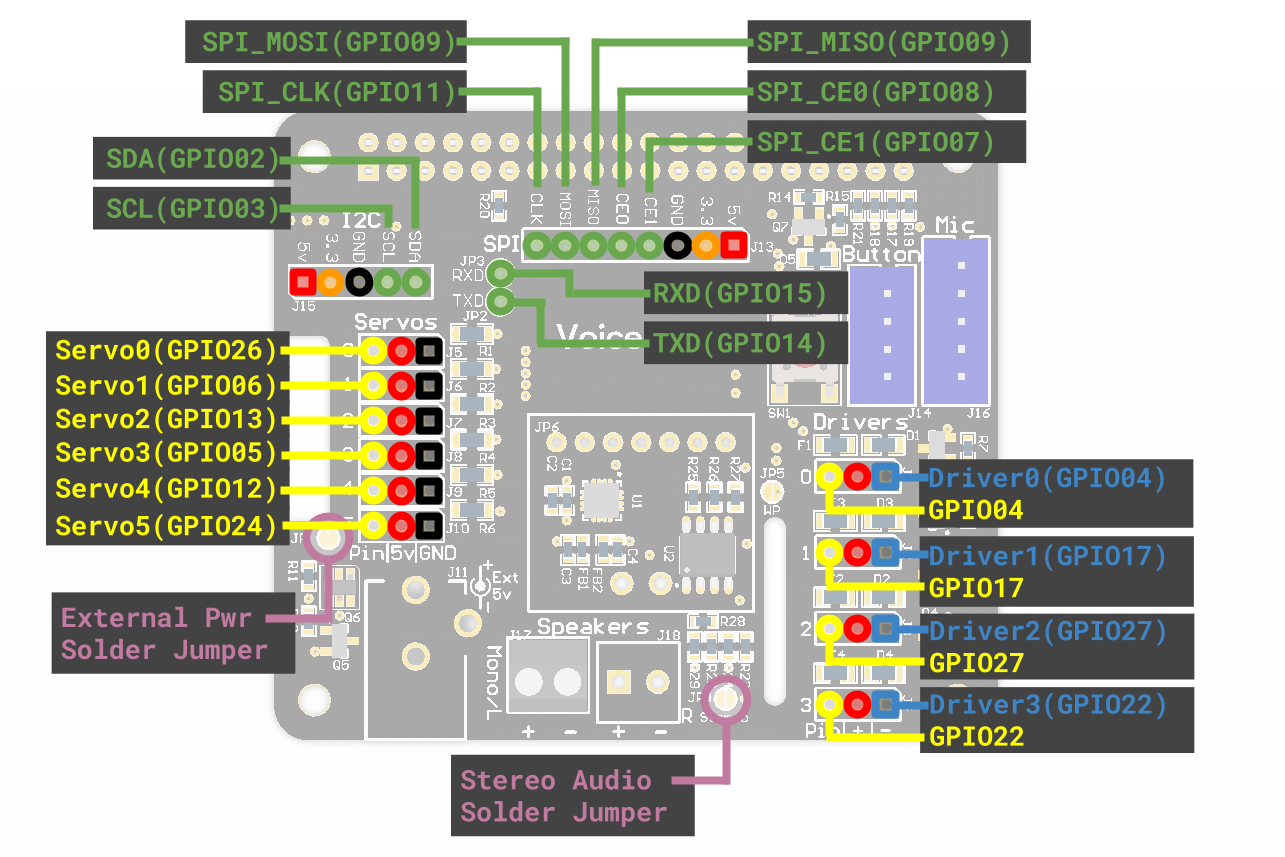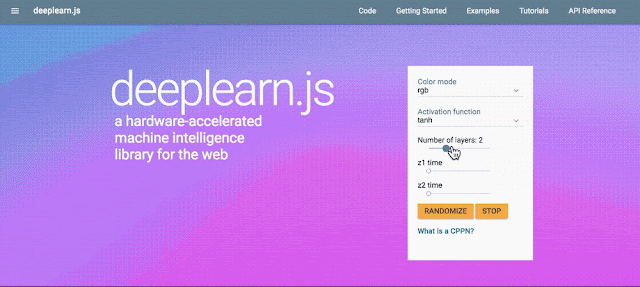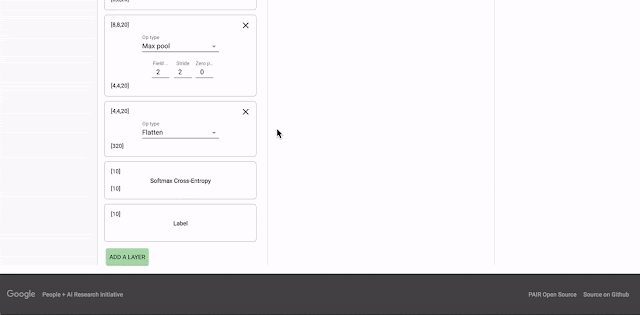From the Gutenberg printing press in 1440 to virtual reality today, advances in technology have made it possible to discover new audiences and new ways of expressing. And there’s more to come.
Machine learning is the latest technology to change how news, entertainment, lifestyle and sports content is created, distributed and monetized. YouTube, for example, has used machine learning to automatically caption more than one billion videos to make them more accessible to the 300 million+ people who are deaf or hard of hearing.
While many media executives are increasingly aware of machine learning, it's not always apparent which problems are most suited for machine learning and whose solutions will result in maximum impact.
Machine learning can help transform your business with new user experiences, better monetization of your content and reduce your operational cost.
Executives, here are three things to keep in mind as you consider and experiment with machine learning to transform your digital business:
The time to experiment with machine learning is right now. The barriers to using machine learning have never been lower. In the same way companies started thinking about investing in mobile 10 years ago, the time to start exploring machine learning is right now. Solutions like Google Cloud Machine Learning Engine have made powerful machine learning infrastructure available to all without the need for investment in dedicated hardware. Companies can start experimenting today with Google Cloud Machine Learning APIs at no charge—and even developers with no machine learning expertise can do it. For example, in less than a day, Time Inc. used a combination of Cloud Machine Learning APIs to prototype a personalized date night assistant that integrated fashion, lifestyle and events recommendations powered by its vast corpus of editorial content.
Bring together key stakeholders from diverse teams to identify the top problems to solve before you start. Machine learning is not the answer to all of your business woes, but a toolkit that can help solve specific, data-intensive problems at scale. With limited time and people to dedicate to machine learning applications, start by bringing together the right decision makers across your business, product and engineering teams to identify the top problems to solve. Once the top challenges are identified, teams need to work closely with their engineering leads to determine technical feasibility and prioritize where machine learning could have the highest impact. Key questions to answer that will help prioritize efforts are: Can current technology reasonably solve the problem? What does success look like? What training data is needed, and is that data currently available or does it need to be generated. This was the approach that was taken during a recent Machine Learning for Media hackathon hosted by Google and the NYC Media lab, and it paid off with clearer design objectives and better prototypes. For example, for the Associated Press, there was an opportunity to quickly generate sports highlights from analysis of video footage. So they created an automated, real-time sports highlights tool for editors using Cloud Video Intelligence API.
Machine learning has a vibrant community that can help you get started. Companies can kickstart their machine learning endeavors by plugging into the vibrant and growing machine learnig community. TensorFlow, an open source machine learning framework, offers resources, meetups, and more. And if your company needs more hands-on assistance, Google offers a suite of services through the Advanced Solutions Lab to work side-by-side with companies to build bespoke machine learning solutions. There are also partners with deep technical expertise in machine learning that can help. For example, Quantiphi, a machine learning specialist, has been working closely with media companies to extract meaningful insights from their video content using a hybrid of the Cloud Video Intelligence API and custom models created using TensorFlow. However you decide to integrate machine learning technologies into your business, there's a growing ecosystem of solutions and subject matter experts that are available to help.
We hope this provided some insight into ways media companies can leverage machine learning—and what executives can do to bring machine learning to their organizations. We look forward to seeing the full potential of machine learning unfold.



